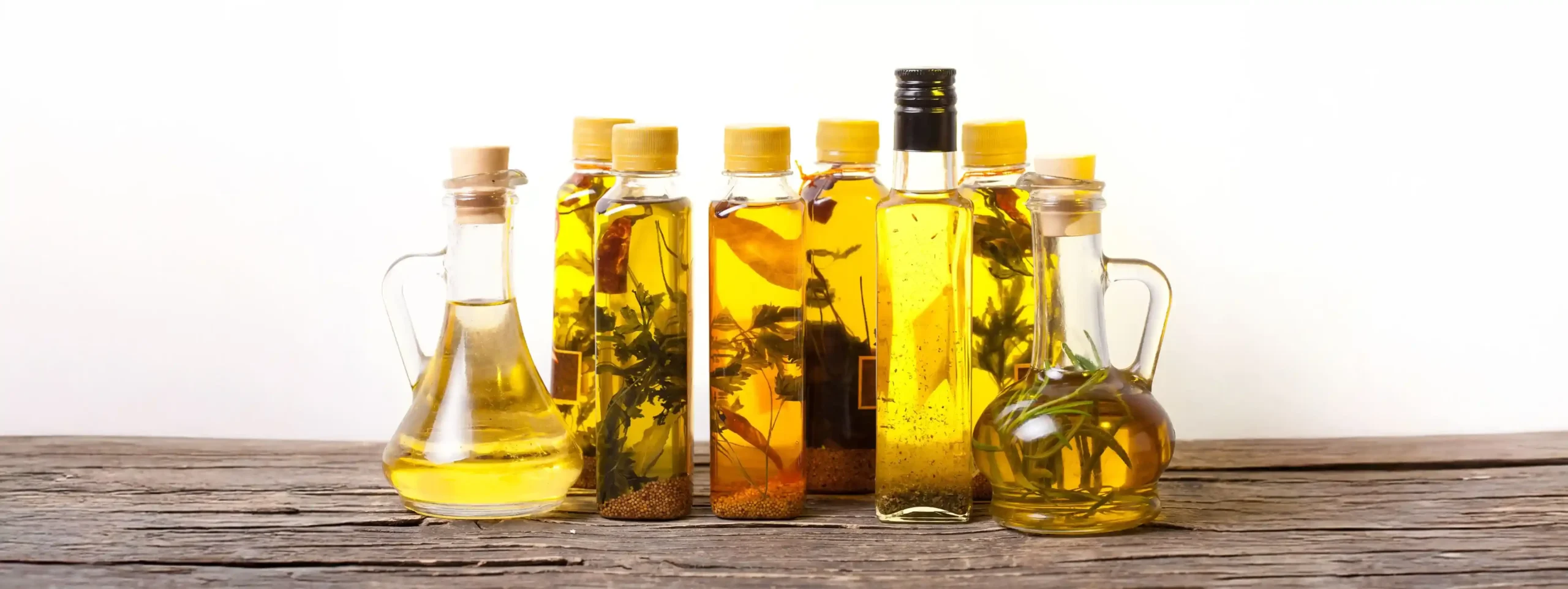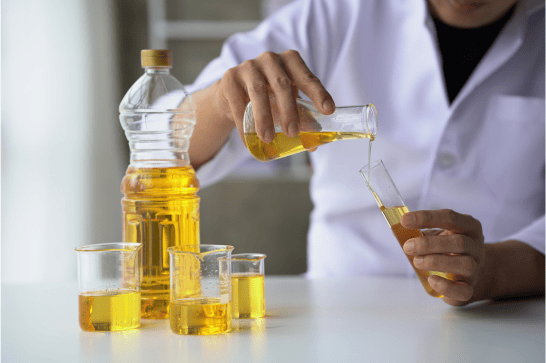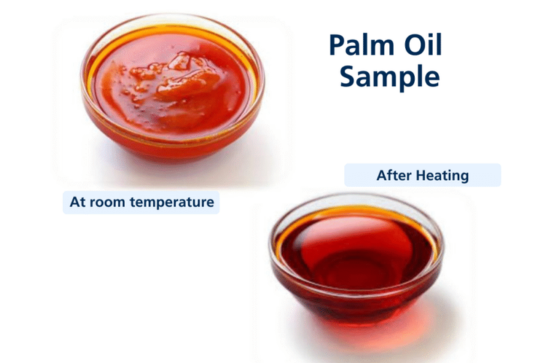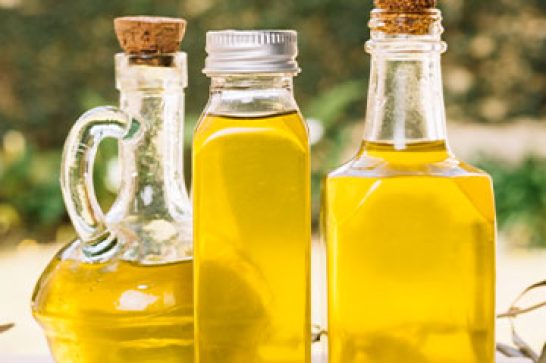Follow The Right Steps. Don't Let Your Colour Game Go Cloudy!

Whether you're using visual or automated methods, consistency in your testing process is crucial. By following a set of well-defined best practices, you can ensure reliable, repeatable, and accurate colour results, every time.

Do's and Don'ts during Edible Oil Colour Measurement:
- Ensure your instrument is under AMC (Annual Maintenance Contract) and schedule regular servicing to maintain accuracy and performance.
- Have the instrument serviced regularly by a trained service engineer to ensure it is properly cleaned and maintained, reducing the risk of inaccurate measurements.
- Clean the measurement cell properly using appropriate chemicals, based on the type of sample being tested.
- Use clear, transparent samples with no turbidity for accurate results.
- Avoid bubbles in the sample while placing it in the sample chamber as they can affect the results.
- Don’t proceed with colour measurement if the sample shows a blue value, unless testing olive oil. This may indicate turbidity. Try gently heating the sample to clarify it before retesting.

- If the total RYBN units exceed 20, it is recommended to reduce the path length before performing the colour analysis of the sample.
- Record path length and sample temperature during testing to maintain a consistent and repeatable procedure.
- Heat the sample to at least 10°C above its cloud point before measurement, as recommended.
- Use neutral filters during manual colour measurement when needed, to adjust brightness caused by any medium (like glass) between the sample and the observer.
- The international standards recommend to have 30 seconds rest, before matching the other sample to reduce eye fatigue
- Use of neutral racks is recommended to adjust sample brightness, which may be affected by multiple racks between the light source and the sample during colour measurement.

Do not wear tinted or photochromic (light-sensitive) glasses during the analysis, as they may affect the accuracy of visual assessments.
It is recommended to have 2–3 operators conduct the sample analysis. At least two of them should obtain matching results to ensure consistency.
- Have the operator’s eyes tested every 2 to 3 years to ensure accurate manual colour matching.
If the sample is heated, stir it gently with a glass rod to minimize convection currents that may interfere with the analysis.
Ensure that no internal components such as bulbs, paint, or other parts of the instrument have been altered or modified.
Always use high-quality cells or cuvettes from reputable manufacturers to ensure consistent and reliable results.
Need help choosing the right method or instruments for your edible oil testing?
 Service Request
Service Request  Sales Enquiry
Sales Enquiry  Customer Reviews
Customer Reviews